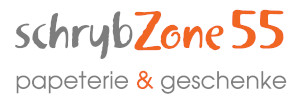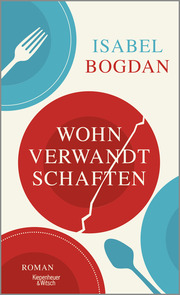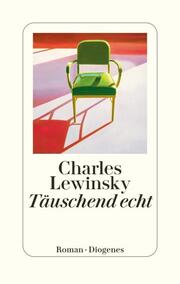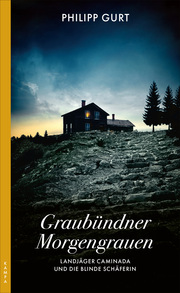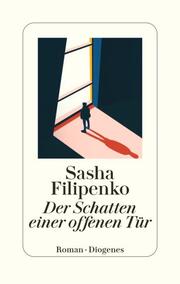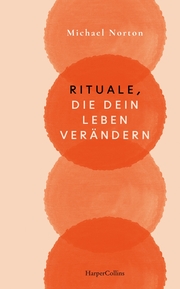Beschreibung
An optimization strategy for finding resource-efficient alternative designs to conventional RC structures is developed and validated experimentally on the example of a simple RC beam. The optimized structures are shaped and designed according to the flow of forces and thus with minimum material amounts. They preserve both load-bearing capacity and stiffness while significantly reducing weight and CO2 emissions. An efficient topology optimization approach is developed taking into account the compression affinity of concrete and the tension affinity of steel. The optimization problem is formulated to maximize the structural stiffness while limiting the total amount of material to a fraction of the initial design domains volume. The approach is applied to a conventional RC beam loaded in 4-point bending. Its load-deflection curve, the maximum load and its weight serve as reference. The design resulting from the optimization yields a truss-like structure made of longitudinally stressed compression and tension struts consisting of concrete and steel, respectively. It is converted into two alternatives, namely a RC truss structure and a hybrid concrete-steel (HCS) truss structure made of ultra-high performance fiber-reinforced concrete (UHPFRC) and sectional steel type S 355 for the tension struts. No concrete cover is applied to the latter. Weight is reduced by 53 % and 83 % by the RC and the HCS truss structure, respectively. Experiments reveal that the optimized structures have a significantly higher stiffness while exhibiting a similar load-bearing capacity compared to that of the reference beam. Moreover, they reduce the material-induced CO2 emissions of the initial RC design by 40-44 %.







